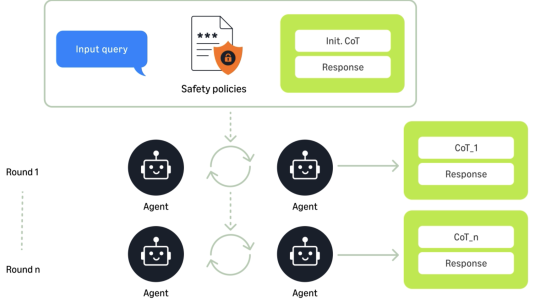Customer-obsessed science


Research areas
-
July 31, 2025Using ensembles of agents to generate and refine interactions annotated with chains of thought improves performance on a battery of benchmarks by an average of 29%.
Featured news
-
ACM SIGCOMM 20242024The primary objective of adaptive bitrate (ABR) streaming is to enhance users’ quality of experience (QoE) by dynamically adjust-ing the video bitrate in response to changing network conditions. However, users often find frequent bitrate switching frustrating due to the resulting inconsistency in visual quality over time, es-pecially during live streaming when buffer lengths are short. In this paper, we
-
HFES 20242024Traditional tools for ergonomic assessments of workstation designs often involve ergonomists using Digital Human Modeling (DHM) software to simulate worker motions. However, these tools can be limited by posture prediction algorithms that fail to capture the full range and variability of human behavior. Virtual Reality (VR) offers an alternative by enabling workers to perform tasks within simulated workspaces
-
2024Understanding customer behavior is crucial for improving service quality in large-scale E-commerce. This paper proposes C-STAR, a new framework that learns compact representations from customer shopping journeys, with good versatility to fuel multiple down-stream customer-centric tasks. We define the notion of shopping trajectory that encompasses customer interactions at the level of product categories,
-
2024Automatic Speech Recognition (ASR) traditionally assumes known domains, but adding data from a new domain raises concerns about computational inefficiencies linked to retraining models on both existing and new domains. Fine-tuning solely on new domains risks Catastrophic Forgetting (CF). To address this, Lifelong Learning (LLL) algorithms have been proposed for ASR. Prior research has explored techniques
-
2024Multi-task problems frequently arise in machine learning when there are multiple target variables, which share a common synergy while being sufficiently different that optimizing on any of the task does not necessarily imply an optimum for the others. In this work, we develop PEMBOT, a novel Pareto-based multi-task classification framework using a gradient boosted tree architecture. The proposed methodology
Academia
View allWhether you're a faculty member or student, there are number of ways you can engage with Amazon.
View all





























